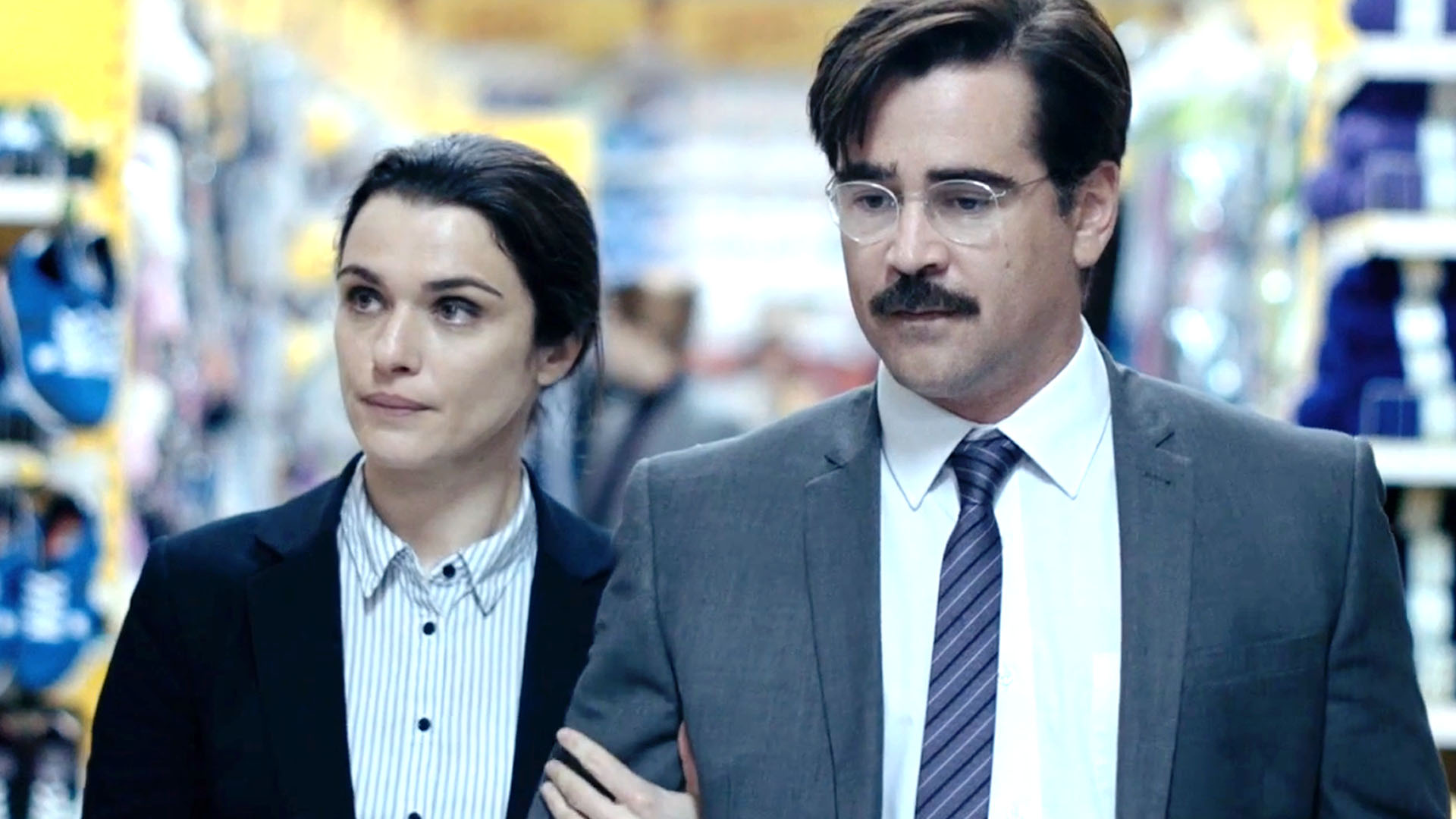
Most films have something original about them, whether it’s a character, the ending, the lighting, the colors or something else, and many films try to combine things “borrowed” from previous great films with something fresh and unusual.
However, once in awhile, you stumble upon films that really take risks, and whether it’s in general or more specific to one craft, this originality makes the film stand out. This list is dedicated to films like this that were made over the last six years.
All of the films on the list are original in their own right, so even though some of the directors have done previous works in the same style (as directors tend to do), these films stand out regardless of that.
Of course, there are thousands of films that were made during the last few years that have all been extremely original and experimental, but to narrow it down, this list will mainly focus on more commercially acclaimed and somewhat known films, since originality and accessibility might just be the toughest things to balance.
This is also the reason why most of the films presented here are either European or American, for even though many original films have been made in other parts of the world, most of them are rather difficult to find.
In the history of cinema, the truly original and yet successful films were the ones that dared to depart from previous cinematic practices and common traditions and came to pave the way for new genres, themes and cinematic languages.
Of course, it’s difficult to say just yet if any of the films on this list will in any way influence future cinema like “Citizen Kane”, “Seven Samurai” or “The Blair Witch Project” did, but it’s honestly probably very unlikely. However, time will tell, and for now, at least they made a great effort.
At the very least, if they don’t end up making a lasting impact on the history of cinema, then the list can be enjoyed for what it is: a list of great original films.
15. Wild Tales (2014, Argentina/Spain)
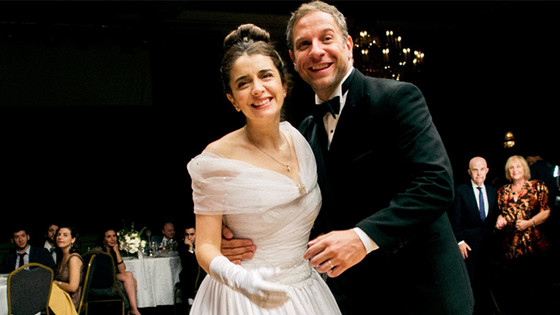
“Wild Tales”, directed and written by Damián Szifron, is set in Argentina and consists of six short stories that follow completely different people, but are connected through the extremist human behavior caused by misunderstandings, distress, rage, egotism and the harmful desire for revenge that they all share, in one way or another.
The film takes the audience on an emotional rollercoaster with rage, sorrow and glee, all caused by different types of injustice. And it’s not that films with different short stories that somehow connect haven’t been seen before (take, for example, Jim Jarmusch’s “Night on Earth”), but it’s the way they connect. There’s nothing concrete, but they connect only through the emotions and impulses of the otherwise very diverse characters.
As the credits in the beginning of the film are introduced with beautiful pictures of all kinds of animals, it becomes clear that the theme of mankind’s bestial desires and animal behavior will be thoroughly investigated.
The film manages to criticize the mediocrity of a nation’s ruling classes, and it gives an identifiable feeling of road rage as well as a humorous look at infidelity and insanity. Most importantly, it still manages to feel very coherent and original in its own unique way.
14. Nymphomaniac (2013, Denmark/Belgium/France/Germany)
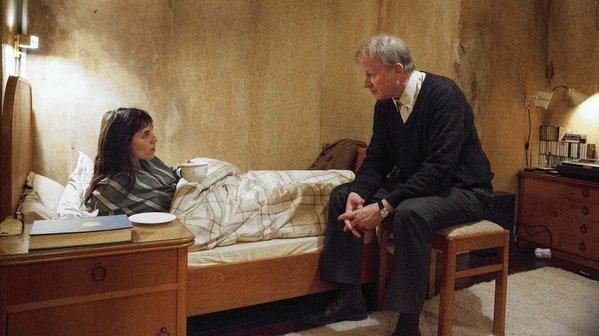
A man named Seligman (Stellan Skarsgård) finds Joe (Charlotte Gainsbourg), a self-diagnosed nymphomaniac, lying wounded in a street. He takes her home, takes care of her, and he listens as she recounts the hundreds of erotic experiences she’s been through over the course of her miserable life.
Lars von Trier is an auteur who is generally known for his provocative and original films, and “Nymphomaniac” is no exception, providing a look into the often dreadful life of an obsessed woman’s sexual experiences. There’s no apparent regard for structure, the sex is in no way beautiful although the bodies are, and the themes are extremely perverse and ingenious.
It’s playful and eccentric, and, not so surprisingly, taboos get explored. For example, take the man who is manipulated by Joe to get turned on by the thought of having sex with children. Forced to realize his repressed pedophile tendencies, he’s as shameful and horrified as everybody else, but he’s the one who has to live with this dark desire, and never act upon it. It’s thought provoking in every sense.
Lars von Trier sets up a cinematic experience like few others with impeccable cinematography and beauty, contrasted by a gut-wrenching story. And then there’s the ending…
13. Ida (2013, Poland/Denmark/France/United Kingdom)
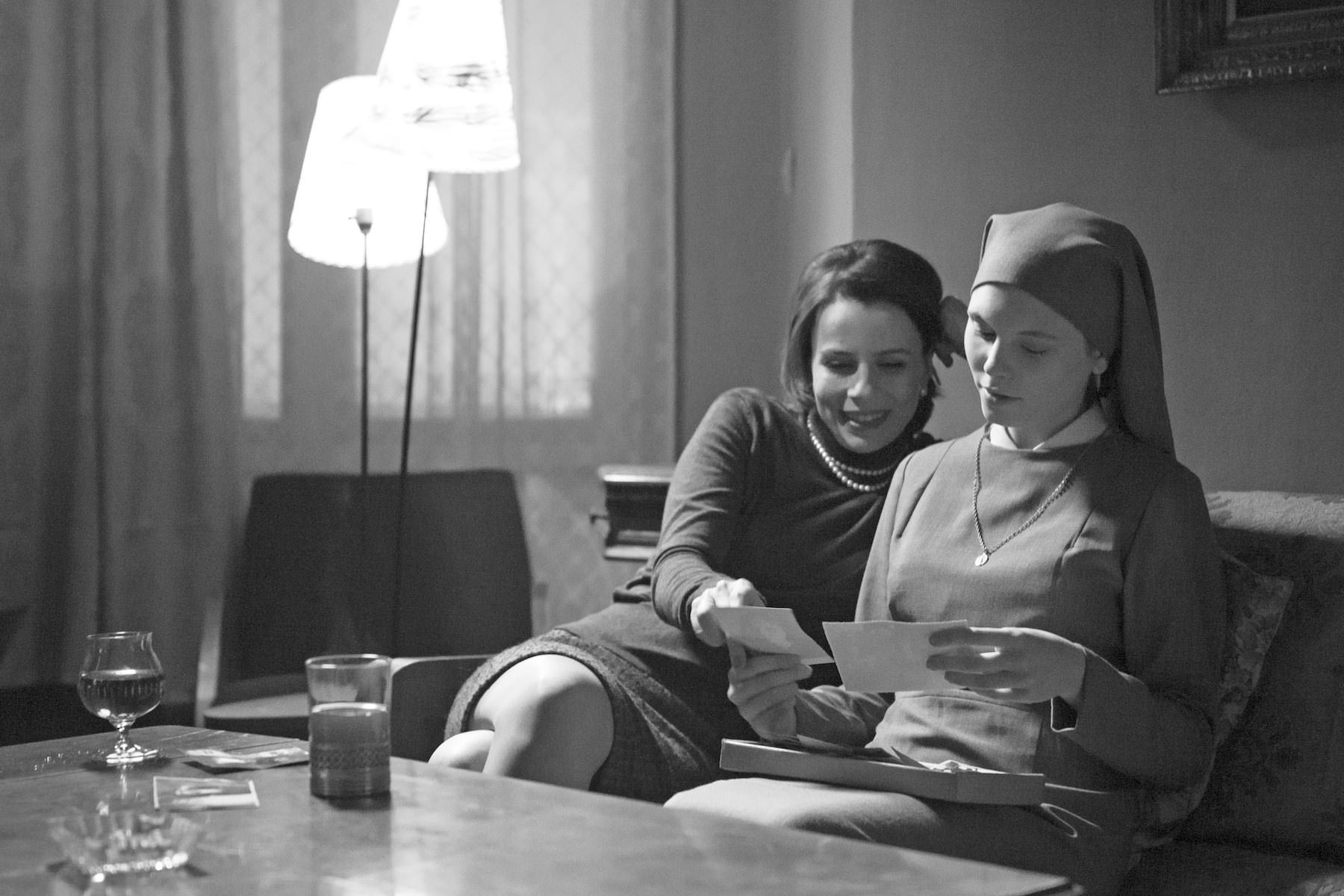
Anna (Agata Trzebuchowska) is an orphaned novice nun in Poland in the 1960s. As Anna gets closer to taking her final vows, she discovers stories of her Jewish roots. She meets her only living relative, Wanda, gets closer to the truth of her family’s tragic story, and generally gets a taste of the outside world.
This grey-toned and visually stunning film lets the audience experience a certain calming stillness, and there’s something so refreshing about the expressive use of silence and alienated close-ups filled with negative space of dark eyes that say what dialogue cannot. The scenes are long, slow and quiet, and it works.
The history and tragedy of Poland under a Stalinist dictatorship, the recent past of Nazi occupation, and the feelings, misfortune and sorrow of the people in the aftermath of war – all of these things are explored in this very atypical and eerie road movie full of anger and frustration, but which always manages to keeps its beauty.
It’s a remarkable journey that the inexperienced Anna embarks on and which lets her see, hear and experience almost too much.
12. The Tree of Life (2011, United States)
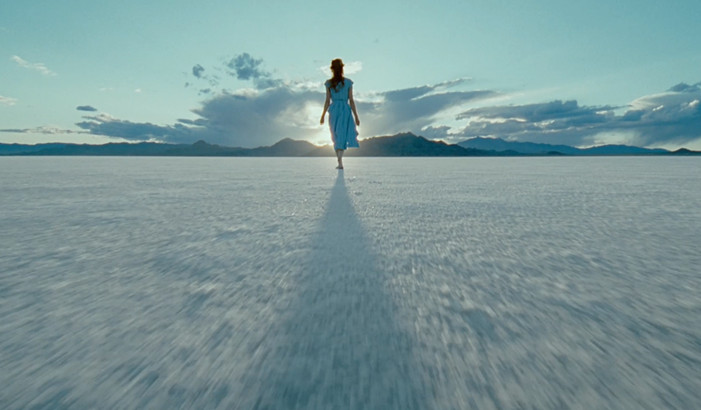
Jack recalls his life as a young boy in a Texas family home in the 1950s, with an overly strict but hard working father (Brad Pitt), in an otherwise loving home. As Jack becomes an adult himself, he tries to reconcile with his father, trying to understand the meaning and origins of life as well as the modern world he now exists in.
This Terrence Malick film lasts 2 hours and 18 minutes and it’s an impressionistic and visual effort to intertwine family, the universe, faith, death, and life philosophies in general. It’s done with sound, light, an always-moving camera, and a general solid focus on the importance of aesthetics in making a film.
It’s almost as ambitious as it can get, trying to combine story and visuals in the art of filmmaking to discover what life is all about, seen through the prism of a few minuscule lives.
Everyone who has seen the film seems to have an opinion about it, whether it’s seen as a cinematic masterpiece like no other, or whether it’s seen as simply boring, pretentious and nothing but visuals. Whatever you think of it, there’s no denying that it’s one of a kind.
11. Holy Motors (2012, France/Germany)
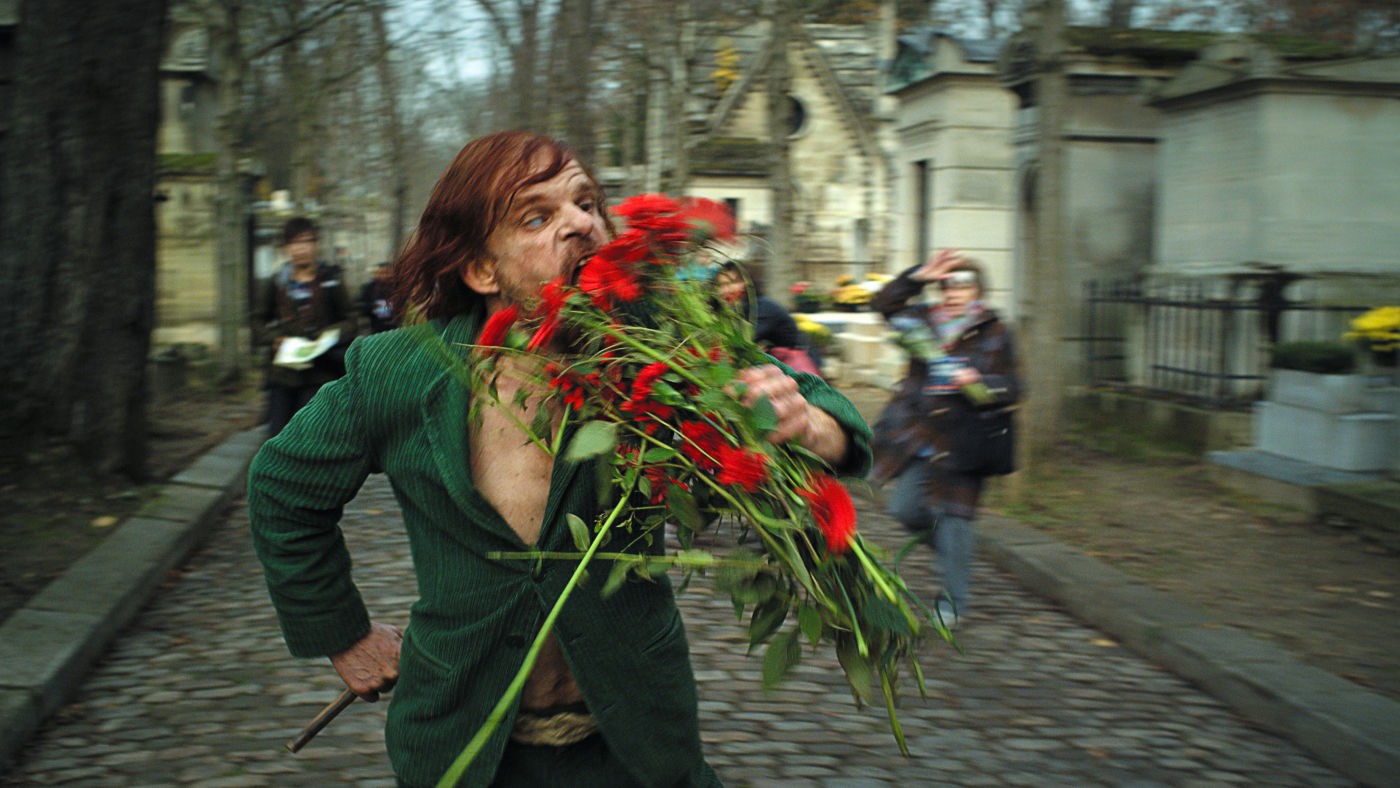
This film by Leos Carax follows the main character, Oscar, on what is a regular working day for him. He says goodbye to his supposed wife and children, and then gets in a white limousine to go to his first work assignment of the day. He changes his appearance and clothes in the limousine and when he gets out, he’s seemingly a completely different person. As the day continues, Oscar shifts clothes to adapt to all kinds of absurd roles in society.
As the film proceeds, it becomes clear that there are other people with jobs like Oscar, though we never actually get any explanation as to why. This might sound irritating, but it works well with the extremely bizarre and experimental universe the film has created.
It’s the sort of film that can be watched over and over again, and you’ll always find new references in the characters to different poets, films and philosophers, as well as the opening scene with the main character waking up in a forest-like room and then walking into a cinema with a motionless audience. If anything, the film contains multitudes of impressions.
There’s also a certain playfulness to the film, and it dares to take the risk of not always being clever and artsy in the more traditional sense. Instead, there’s also talking cars, techno-color shots of Paris, blood and musical elements.
10. Return to Ithaca (2014, France)

This introspective drama, directed by Laurent Cantet, revolves around five middle-aged friends who gather on a Havana rooftop to enjoy themselves with dance, drinks and stories of the past and present.
Almost all of the film is about these five people sitting on the rooftop; it’s simple, it’s almost all dialogue, and it’s nonetheless extremely emotional and heartfelt. It slowly goes from being a happy reunion between old friends, to showcasing the anger of a generation who feel that their country, as well as friends, have failed them in their own way.
The film was banned by the government of Cuba, and it is now only shown underground in Havana and other parts of the country. It may be hard for the rest of the world to grasp just what this film did, because if you’re not a Cuban of this generation, it can be a tough film to follow. Nonetheless, the emotions of the film are very genuine and easy to identify with, no matter your background.
The acting and script are so convincing that you will be left with a feeling of just having watched some sort of intense and beautiful home video.
9. A Pigeon Sat on a Branch Reflecting on Existence (2014, Sweden)
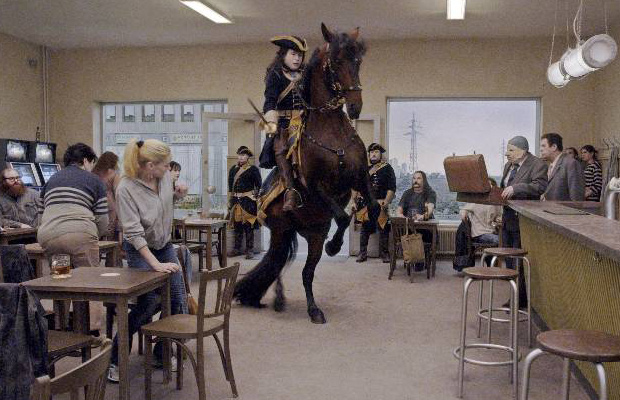
Sam and Jonathan, two traveling novelty salesmen, live together in a forsaken flophouse. They desperately attempt to make people laugh with their joke articles, but business isn’t going very well. Life isn’t easy for the two, especially since they also always seem to get involved in the most absurd and comical of situations.
This quirky black comedy is the third and last installment in Roy Anderson’s “Living” trilogy, and it beautifully continues the style of the two other films with tripod shots that don’t pan or zoom, allowing the audience more of a chance to dissect every frame for creative details. To support this way of shooting, Anderson also directed the actors to almost never move when in the background of a scene; this gives the effect of almost studying an actual painting.
The film doesn’t really have a main storyline in the traditional sense, and although we do follow Sam and Jonathan, and every scene is connected in some way, it’s quite absurd and difficult to grasp right away. Aside from this, the way the scenes go from being static and everyday-like, to suddenly becoming fantastic and absurdist, makes the otherwise unhurried plot very comedic.
The characters are very interesting, in the way that they’re really not very interesting; they’re middle-aged, average in looks, average in income, and average in their relation to life in general. This, set against pastel-colored empty walls, creates a surreal comedy with a brilliant title.